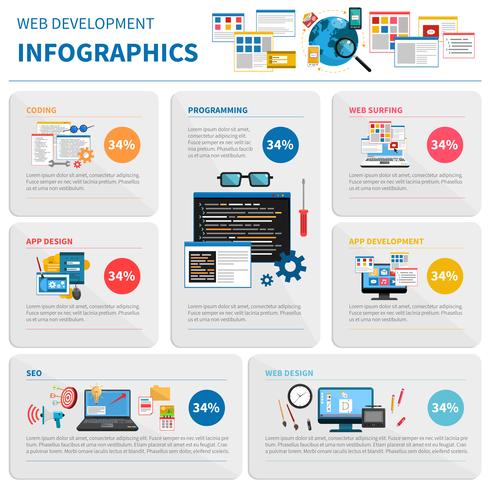Improving Customer Experience Through Website Design To Raise Conversions
Improving Customer Experience Through Website Design To Raise Conversions
Blog Article
Authored By-Lamont Bragg
Have you ever before saw a site that took permanently to load, had a complicated navigation system, or didn't show appropriately on your smart phone? Chances are, you swiftly deserted that website and went on to one that offered a better user experience.
In today's affordable online landscape, it's essential for companies to prioritize website design that enhances user experience in order to drive much better conversions. In this conversation, we will explore the relevance of responsive style, the usage of instinctive navigating, and the optimization of web page load rate to create a seamless and interesting customer trip.
Stay tuned to uncover just how these components can dramatically impact your site's success.
Significance of Responsive Layout
Responsive design is essential in today's digital landscape for producing websites that adapt flawlessly to different display sizes and gadgets. When your site is responsive, it instantly adjusts its design and web content to fit any type of device, whether it's a mobile phone, tablet, or computer. This is essential since a growing number of people are accessing the internet via their mobile devices.
If your site isn't responsive, it can cause an inadequate customer experience. Individuals may have to pinch and zoom to review content, buttons may be as well tiny to click on, and images may not be enhanced for smaller screens. This can irritate users and bring about high bounce rates and reduced conversions.
Using User-friendly Navigation
When making a receptive website, it is essential to concentrate on using intuitive navigating for an improved user experience.
Instinctive navigating describes organizing your web site's food selection and navigation elements in a logical and user-friendly way. By doing so, you make it simpler for visitors to locate what they're seeking and navigate through your website easily.
Instinctive navigation helps in reducing complication and disappointment, eventually causing much better individual engagement and increased conversions.
To achieve intuitive navigation, think about utilizing clear and descriptive tags for your menu products, applying a regular format throughout all web pages, and integrating search capability for quick accessibility to details content. Additionally, it's critical to focus on vital web pages and information, ensuring they're plainly shown and easily accessible.
Optimizing Page Load Rate
To improve customer experience, it's critical to maximize the web page tons speed of your website. Slow packing times can discourage customers and lead to greater bounce prices.
The good news is, there are a number of strategies you can carry out to enhance your site's lots speed. To start with, consider decreasing Website Designer of your images by compressing them without compromising top quality.
Additionally, maximize your code by reducing unnecessary scripts and CSS documents. Another efficient method is to utilize browser caching, which permits certain components of your web site to be stored in your area, lowering lots times for returning site visitors.
Moreover, think about utilizing a material delivery network (CDN) to disperse your web site's documents throughout numerous servers, improving lots rate for customers in different geographical locations.
https://www.searchenginejournal.com/seo-content-tips/347814/
In conclusion, by using receptive style, intuitive navigating, and enhancing web page load rate, web designs can dramatically improve user experience and drive better conversions.
With an user-friendly user interface, very easy navigating, and quick packing times, sites can catch and maintain the attention of individuals, resulting in increased involvement and greater conversion rates.
So, do not postpone in applying these web design approaches to ensure a seamless and effective user experience!
